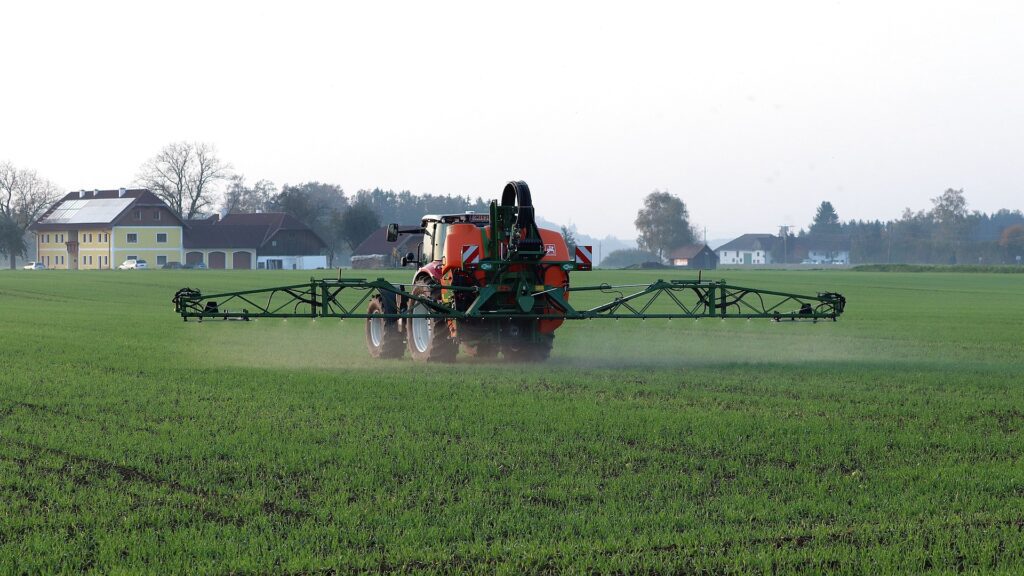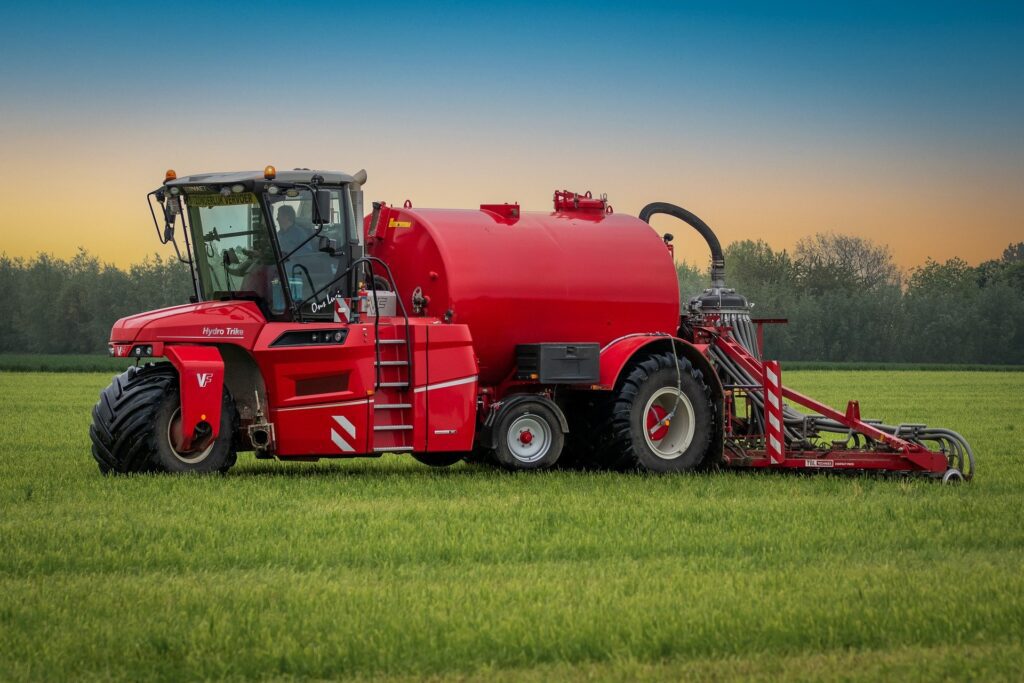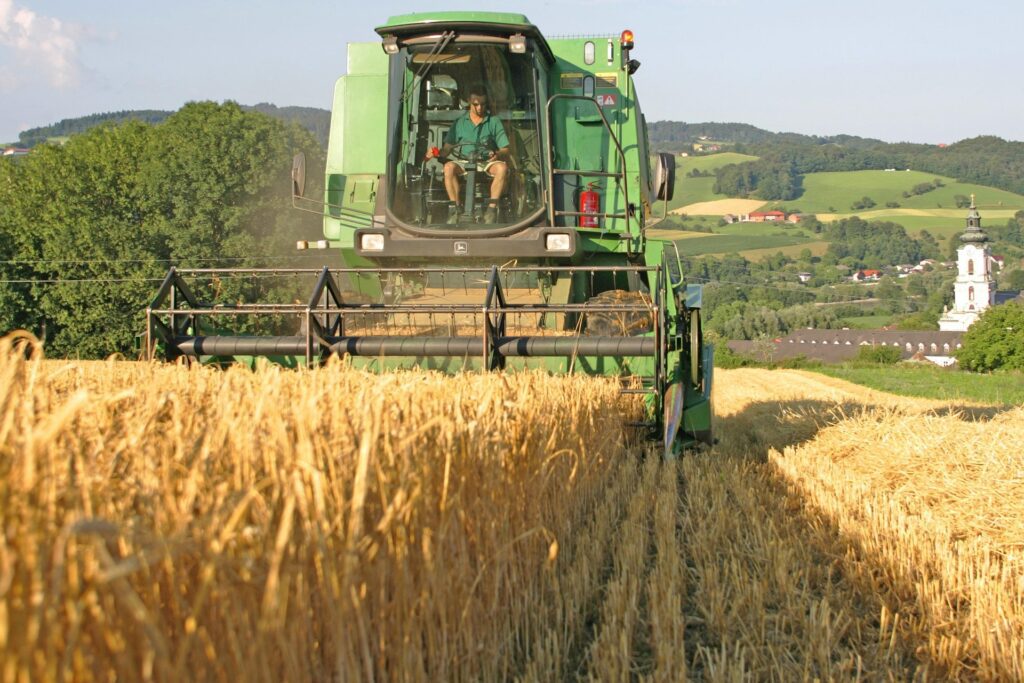Table of Contents
I. Introduction
Agricultural products, the backbone of civilization, has nourished humanity for millennia, and its importance continues to grow in our increasingly interconnected world.
It’s more than just planting seeds and harvesting crops; it’s a complex web of innovation, technology, and strategic business acumen. In this blog, we delve into the multifaceted world of agricultural products, exploring how you can cultivate not only fertile lands but also a flourishing career and personal fulfillment.The agricultural sector is responsible for an astonishing array of products, from the staple grains that form the basis of our diets to the exotic fruits and vegetables that add flavor and nutrition to our tables. Agricultural products
It encompasses everything from dairy and meat products to fibers like cotton and wool, and even the biofuels that are increasingly powering our vehicles. This vastness presents incredible opportunities for those with the vision and dedication to succeed.Success in agribusiness, however, is not simply a matter of chance. It demands strategic planning, a deep understanding of market dynamics, and the ability to adapt to evolving consumer preferences and technological advancements.Agricultural products
It requires a commitment to sustainable practices, an embrace of innovation, and a willingness to navigate the inherent challenges of the agricultural landscape. This blog will serve as your comprehensive guide to achieving personal and professional success in the dynamic world of agricultural products.Agricultural products

II. Laying the Groundwork:
Before you even consider planting your first seed or investing in agricultural equipment, it’s crucial to lay a solid foundation through strategic planning and thorough market research. This groundwork will provide the roadmap for your agricultural endeavors, ensuring you’re heading in the right direction and making informed decisions every step of the way.Agricultural products
.A. The Cornerstone: A Comprehensive Business PlanA well-crafted business plan is the cornerstone of any successful agricultural venture. It serves as a blueprint for your operations, outlining your goals, strategies, and financial projections. Here’s what a comprehensive business plan should include:Agricultural products
- Executive Summary: A concise overview of your business, highlighting your mission, vision, and key objectives.Agricultural products
- Company Description: A detailed description of your business, including its legal structure, ownership, and location. Explain what agricultural products you plan to focus on and why.Agricultural products
- Market Analysis: An in-depth analysis of your target market, including its size, demographics, and trends. Identify your target customers and understand their needs and preferences.Agricultural products
- Products and Services: A comprehensive description of your agricultural products, including their quality, features, and benefits. Detail any value-added services you plan to offer, such as packaging, processing, or delivery.
- Marketing and Sales Strategy: A detailed plan for how you will promote and sell your products. Outline your marketing channels, pricing strategies, and sales targets.
- Management Team: An overview of your management team, highlighting their experience, skills, and responsibilities. Showcase the expertise and leadership that will drive your business forward.
- Financial Projections: Realistic financial projections, including income statements, balance sheets, and cash flow statements. Estimate your startup costs, operating expenses, and projected revenues.
- Funding Request: If you’re seeking external funding, clearly state the amount of funding you need, how you plan to use it, and your repayment terms.
B. Understanding the Landscape: Market ResearchMarket research is essential for understanding the current market dynamics, identifying opportunities, and mitigating potential risks. It helps you make informed decisions about what to grow, how to market your products, and how to stay ahead of the competition. Here are some key aspects of market research:Agricultural products
- Consumer Demand: Understand what consumers want and need. Conduct surveys, focus groups, and interviews to gather insights into consumer preferences, buying habits, and willingness to pay.
- Market Trends: Stay abreast of emerging trends in the agricultural industry. Monitor industry publications, attend trade shows, and network with other professionals to stay informed about new technologies, farming practices, and market opportunities.
- Competitive Analysis: Identify your competitors and analyze their strengths and weaknesses. Understand their market share, pricing strategies, and marketing tactics.
- Regulatory Environment: Stay informed about relevant regulations and policies that may impact your business. Comply with food safety standards, environmental regulations, and labor laws.
- Distribution Channels: Identify the most effective distribution channels for your products. Consider selling directly to consumers, through farmers’ markets, to retailers, or through wholesalers.
C. Adapting to the Evolving Palate: Meeting Consumer Preferences
Today’s consumers are increasingly discerning and health-conscious, demanding high-quality, sustainable, and ethically produced agricultural products. Adapting to these evolving preferences is crucial for long-term success. Here are some key trends to consider:Agricultural products
- Organic and Sustainable: The demand for organic and sustainably produced foods is growing rapidly. Consumers are willing to pay a premium for products that are grown without synthetic pesticides, herbicides, or fertilizers.
- Locally Sourced: Consumers are increasingly interested in supporting local farmers and purchasing locally sourced products. Highlighting the local origin of your products can be a significant selling point.
- Traceability: Consumers want to know where their food comes from and how it was produced. Implementing traceability systems can enhance consumer trust and confidence in your products.
- Plant-Based Alternatives: The demand for plant-based alternatives to meat and dairy products is on the rise. Consider exploring opportunities in this growing market.
- Convenience: Busy consumers are looking for convenient and ready-to-eat food options. Offering value-added products, such as pre-cut vegetables or ready-to-cook meals, can cater to this demand.


III. Cultivating Success: Essential Practices
Once you’ve laid the groundwork with strategic planning and market research, it’s time to focus on the essential practices that will enable you to cultivate a thriving agricultural business. These practices encompass everything from soil management and crop selection to water management and pest control.Agricultural products
A. Nurturing the Soil: Soil Management
The soil is the foundation of your agricultural operations, providing the nutrients and support that crops need to grow and thrive. Effective soil management is essential for maximizing yields and ensuring long-term sustainability. Here are some key aspects of soil management:Agricultural products
- Soil Testing: Regular soil testing is crucial for understanding the nutrient content, pH level, and overall health of your soil. This information will guide your fertilization and soil amendment strategies.
- Soil Amendment: Based on your soil test results, amend your soil with organic matter, compost, or other amendments to improve its structure, fertility, and water-holding capacity.
- Tillage Practices: Choose tillage practices that minimize soil erosion and compaction. Consider no-till or reduced-tillage methods to conserve soil moisture and improve soil health.
- Crop Rotation: Implement crop rotation to break pest and disease cycles, improve soil fertility, and reduce the need for synthetic fertilizers.
- Cover Cropping: Use cover crops to protect the soil from erosion, suppress weeds, and add organic matter to the soil.
B. Selecting the Right Crops: Crop Selection
Choosing the right crops for your specific climate, soil conditions, and market demand is crucial for maximizing profitability. Here are some factors to consider when selecting crops:
- Climate: Select crops that are well-suited to your local climate, including temperature, rainfall, and growing season length.
- Soil Type: Choose crops that can thrive in your specific soil type, whether it’s sandy, loamy, or clayey.
- Market Demand: Select crops that are in demand in your target market. Consider both local and international markets.
- Profitability: Choose crops that offer a good return on investment, taking into account production costs, market prices, and potential yields.
- Risk Management: Diversify your crop selection to mitigate the risk of crop failure due to pests, diseases, or weather events.
C. Conserving Water: Water Management
Water is a precious resource, and efficient water management is essential for sustainable agriculture. Here are some key water management practices:
- Irrigation Techniques: Choose the most efficient irrigation techniques for your crops and climate. Consider drip irrigation, micro-sprinklers, or other methods that minimize water waste.
- Water Harvesting: Collect rainwater or runoff water for irrigation purposes. Build ponds or reservoirs to store water for later use.
- Soil Moisture Monitoring: Use soil moisture sensors to monitor the moisture content of your soil and irrigate only when necessary.
- Drought-Resistant Crops: Select drought-resistant crops that can tolerate periods of water scarcity.
- Water Conservation Practices: Implement water conservation practices, such as mulching, cover cropping, and reduced tillage, to minimize water evaporation and runoff.
D. Protecting Your Crops: Integrated Pest ManagementPests and diseases can wreak havoc on your crops, reducing yields and impacting profitability. Integrated Pest Management (IPM) is a holistic approach to pest control that emphasizes prevention, monitoring, and the use of biological and cultural control methods. Here are some key components of IPM:Agricultural products
- Prevention: Implement preventative measures to minimize pest and disease outbreaks. Use disease-resistant varieties, practice crop rotation, and maintain good sanitation.
- Monitoring: Regularly monitor your crops for signs of pests and diseases. Use traps, scouting, and other methods to detect problems early.
- Biological Control: Utilize beneficial insects, nematodes, and other biological control agents to suppress pests and diseases.
- Cultural Control: Implement cultural practices, such as proper spacing, pruning, and irrigation, to create an unfavorable environment for pests and diseases.
- Chemical Control: Use chemical pesticides as a last resort, and only when necessary. Choose pesticides that are selective and environmentally friendly.


IV. Modern Techniques and Technology: Embracing Innovation
In today’s rapidly evolving world, technology is revolutionizing the agricultural industry. Embracing modern techniques and technologies can significantly enhance productivity, reduce costs, and improve sustainability.Agricultural products
A. Precision Farming: Optimizing Resource Use
Precision farming involves using data and technology to optimize resource use, such as water, fertilizer, and pesticides. By monitoring soil conditions, weather patterns, and crop health, farmers can make informed decisions about when and where to apply inputs. Here are some key technologies used in precision farming:
- GPS-Enabled Machinery: Use GPS-enabled tractors, harvesters, and sprayers to precisely apply inputs and create detailed maps of your fields.
- Remote Sensing: Use drones or satellites to monitor crop health, identify nutrient deficiencies, and detect pest and disease outbreaks.
- Variable Rate Application: Use variable rate applicators to apply different amounts of fertilizer or pesticides to different areas of your field, based on specific needs.
- Data Analytics: Use data analytics software to analyze data from various sources and identify patterns and trends that can inform your decision-making.
B. Automation: Streamlining Operations
Automation can streamline various agricultural operations, reducing labor costs and improving efficiency. Here are some examples of automation in agriculture:
- Automated Irrigation Systems: Use automated irrigation systems to precisely control water delivery and reduce water waste.
- Robotic Harvesting: Use robotic harvesters to pick fruits and vegetables, reducing labor costs and improving harvesting efficiency.
- Automated Sorting and Grading: Use automated sorting and grading equipment to separate and classify agricultural products based on size, color, and quality.
- Climate Control Systems: Use climate control systems in greenhouses and other controlled environment agriculture facilities to optimize temperature, humidity, and light levels.
C. Vertical Farming: Cultivating in Confined Spaces
Vertical farming involves growing crops in vertically stacked layers, often indoors. This technique can significantly increase yields while minimizing land and water use. Vertical farming is particularly well-suited for urban environments and areas with limited arable land.
V. Sustainable Farming: Nurturing the Future
Sustainable farming practices are essential for ensuring the long-term health and productivity of your agricultural operations, as well as the well-being of the environment. Sustainability encompasses a range of practices that minimize environmental impact, conserve resources, and promote biodiversity.Agricultural products
A. Crop Rotation: Enhancing Soil Health
Crop rotation involves planting different crops in a planned sequence over time. This practice can improve soil fertility, break pest and disease cycles, and reduce the need for synthetic fertilizers and pesticides.
B. Organic Farming: Embracing Natural Methods
Organic farming relies on natural methods of pest control, soil fertility, and weed management. Organic farmers avoid the use of synthetic pesticides, herbicides, and fertilizers, and instead rely on compost, cover crops, and other natural techniques.
C. Reducing Inputs: Minimizing Environmental Impact
Reducing the use of synthetic fertilizers, pesticides, and herbicides is crucial for minimizing the environmental impact of agriculture. Here are some ways to reduce inputs:
- Soil Testing: Conduct regular soil tests to determine the precise nutrient needs of your crops, and apply only the necessary amount of fertilizer.
- Integrated Pest Management: Implement IPM strategies to minimize the need for chemical pesticides.
- Cover Cropping: Use cover crops to suppress weeds and reduce the need for herbicides.
- Precision Farming: Use precision farming technologies to precisely apply inputs and reduce waste.
D. Conserving Water: Protecting Resources
Water conservation is essential for sustainable agriculture. Implement water-saving irrigation techniques, such as drip irrigation or micro-sprinklers, and use rainwater harvesting to supplement your water supply.Agricultural products


VI. Marketing and Branding: Telling Your Story
Marketing and branding are crucial for differentiating your agricultural products from the competition and building a loyal customer base. A strong brand can communicate your values, highlight your unique selling points, and create a connection with consumers.Agricultural products
A. Building a Brand: Communicating Value
A strong brand is more than just a logo or a catchy slogan. It’s the essence of your business, reflecting your values, mission, and unique selling proposition. Here are some key steps in building a strong brand:Agricultural products
- Define Your Target Audience: Identify your ideal customers and understand their needs, preferences, and values.
- Develop a Unique Selling Proposition: Identify what makes your products or services unique and better than the competition.
- Create a Brand Identity: Develop a logo, color scheme, and visual style that reflect your brand’s personality and values.
- Communicate Your Story: Tell your brand’s story through your website, social media, and other marketing channels.
- Build Relationships: Engage with your customers and build relationships through social media, email marketing, and other communication channels.
B. Leveraging Social Media: Engaging with Customers
Social media is a powerful tool for promoting your agricultural products, connecting with customers, and building brand awareness. Here are some tips for using social media effectively:
- Choose the Right Platforms: Focus on the social media platforms that are most popular with your target audience.
- Share Engaging Content: Share high-quality photos and videos of your farm, your products, and your team.
- Engage with Your Followers: Respond to comments and messages promptly and engage in conversations with your followers.
- Run Contests and Promotions: Run contests and promotions to attract new followers and reward loyal customers.
- Use Hashtags: Use relevant hashtags to increase the visibility of your posts.
C. E-Commerce: Selling Directly to Consumers
E-commerce provides a convenient way to sell your agricultural products directly to consumers, bypassing traditional retail channels. Here are some tips for setting up an e-commerce store:
- Choose the Right Platform: Select an e-commerce platform that is user-friendly and offers the features you need.
- Create High-Quality Product Listings: Write detailed product descriptions and include high-quality photos of your products.
- Offer Secure Payment Options: Provide secure payment options to build trust with your customers.
- Provide Excellent Customer Service: Respond to customer inquiries promptly and resolve any issues quickly and efficiently.
- Promote Your Online Store: Promote your online store through social media, email marketing, and other marketing channels.
VII. Expanding Horizons: International Trade
Expanding into international markets can significantly increase your sales and profitability, but it also comes with challenges. Here are some factors to consider when exploring international trade:
A. Understanding Trade Agreements:
Familiarize yourself with relevant trade agreements, such as the North American Free Trade Agreement (NAFTA) or the World Trade Organization (WTO) agreements. These agreements can impact tariffs, quotas, and other trade barriers.
B. Market Conditions:
Research the market conditions in your target countries. Understand the local demand for your products, the competitive landscape, and the regulatory environment.
C. Logistics and Transportation:
Develop a reliable logistics and transportation plan to ensure that your products are delivered to your customers on time and in good condition.
D. Cultural Differences:
Be aware of cultural differences in your target markets. Adapt your marketing and packaging to appeal to local consumers.
VIII. Financial Acumen and Funding: Managing Your Resources
Financial acumen is essential for managing your agricultural business effectively. Here are some key aspects of financial management:Agricultural products
A. Budgeting and Forecasting:
Create a budget to track your income and expenses, and develop forecasts to project your future financial performance.
B. Cost Control: Implement cost-saving measures to reduce your operating expenses and improve your profitability.
C. Cash Flow Management: Manage your cash flow carefully to ensure that you have enough money to meet your financial obligations.
D. Seeking Funding: Explore different funding options, such as loans, grants, and venture capital, to finance your agricultural operations.


IX. Challenges and Mitigation: Navigating the Storm
Agriculture is inherently risky, with challenges ranging from unpredictable weather patterns to fluctuating market prices. Here are some common challenges and strategies for mitigating them:
A. Weather Variability: Implement measures to mitigate the impact of weather variability, such as drought-resistant crops, irrigation systems, and crop insurance.
B. Market Price Volatility: Diversify your crop selection, enter into contracts with buyers, and use hedging strategies to manage market price volatility.
C. Pests and Diseases: Implement integrated pest management strategies to minimize the impact of pests and diseases.
D. Labor Shortages: Automate certain tasks, offer competitive wages, and provide training opportunities to attract and retain employees.
X. Commitment and Resilience: The Farmer’s Spirit
Success in agriculture requires a strong commitment to hard work, perseverance, and continuous learning. Here are some qualities that will help you succeed:
A. Passion: A genuine passion for agriculture will fuel your dedication and help you overcome challenges.
B. Adaptability: The ability to adapt to changing market conditions, weather patterns, and technological advancements is crucial.
C. Resilience: The agricultural industry can be tough, so resilience is essential for bouncing back from setbacks.
D. Continuous Learning: Stay up-to-date on the latest agricultural practices, technologies, and market trends through ongoing education and training.
XI. Conclusion: Harvesting Success
The agricultural products sector offers immense opportunities for personal and professional success. By laying a solid foundation through strategic planning and market research, embracing sustainable farming practices, adopting modern techniques and technologies, and building a strong brand, you can cultivate a thriving agricultural business. Remember that success requires commitment, resilience, and a willingness to adapt to the ever-changing landscape. Embrace the challenges, celebrate the successes, and sow the seeds of a prosperous future.Agricultural products